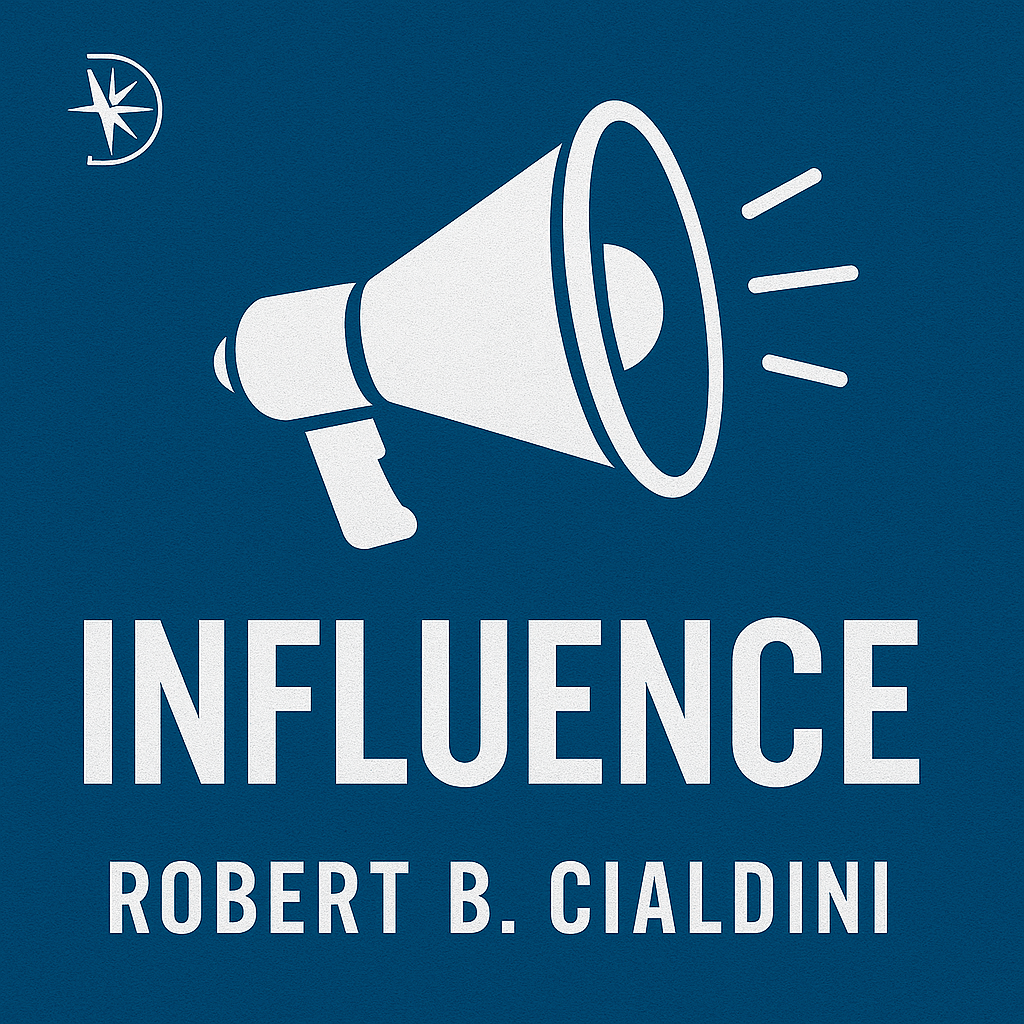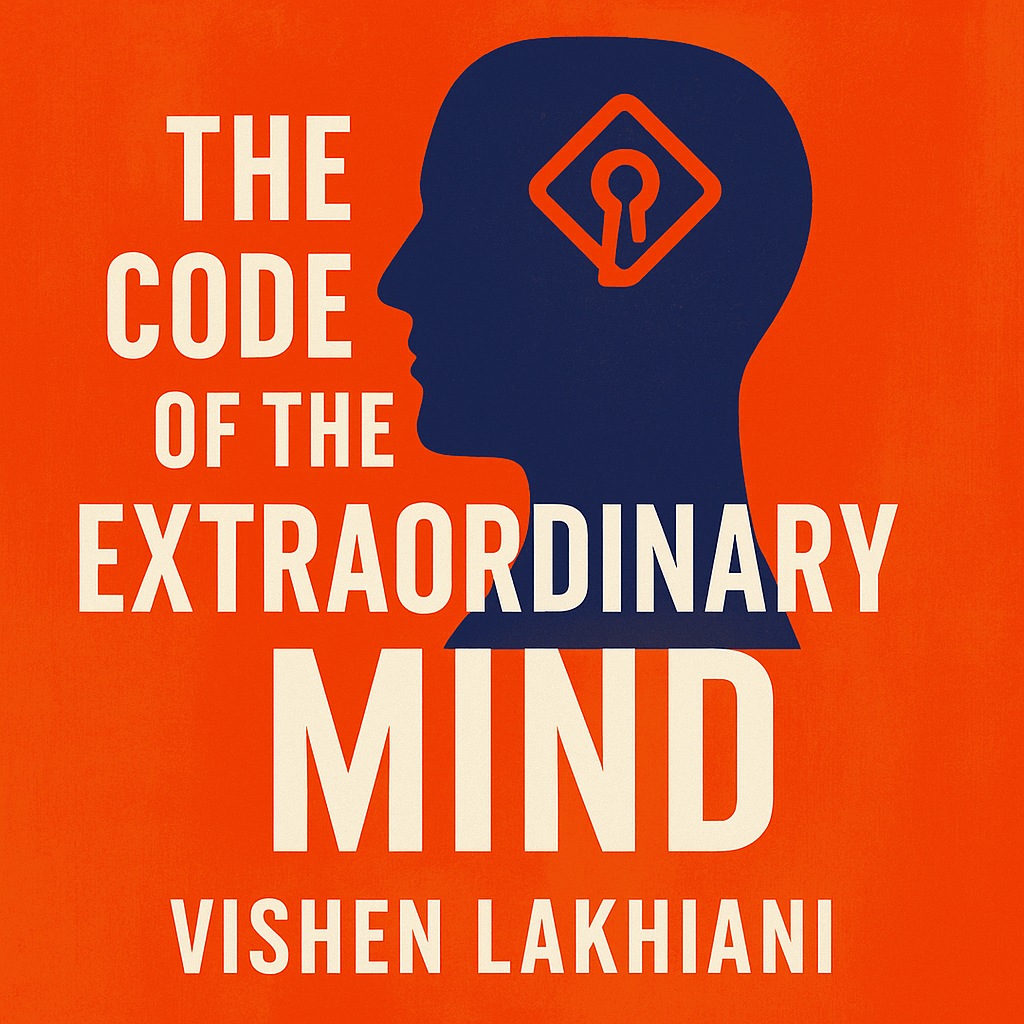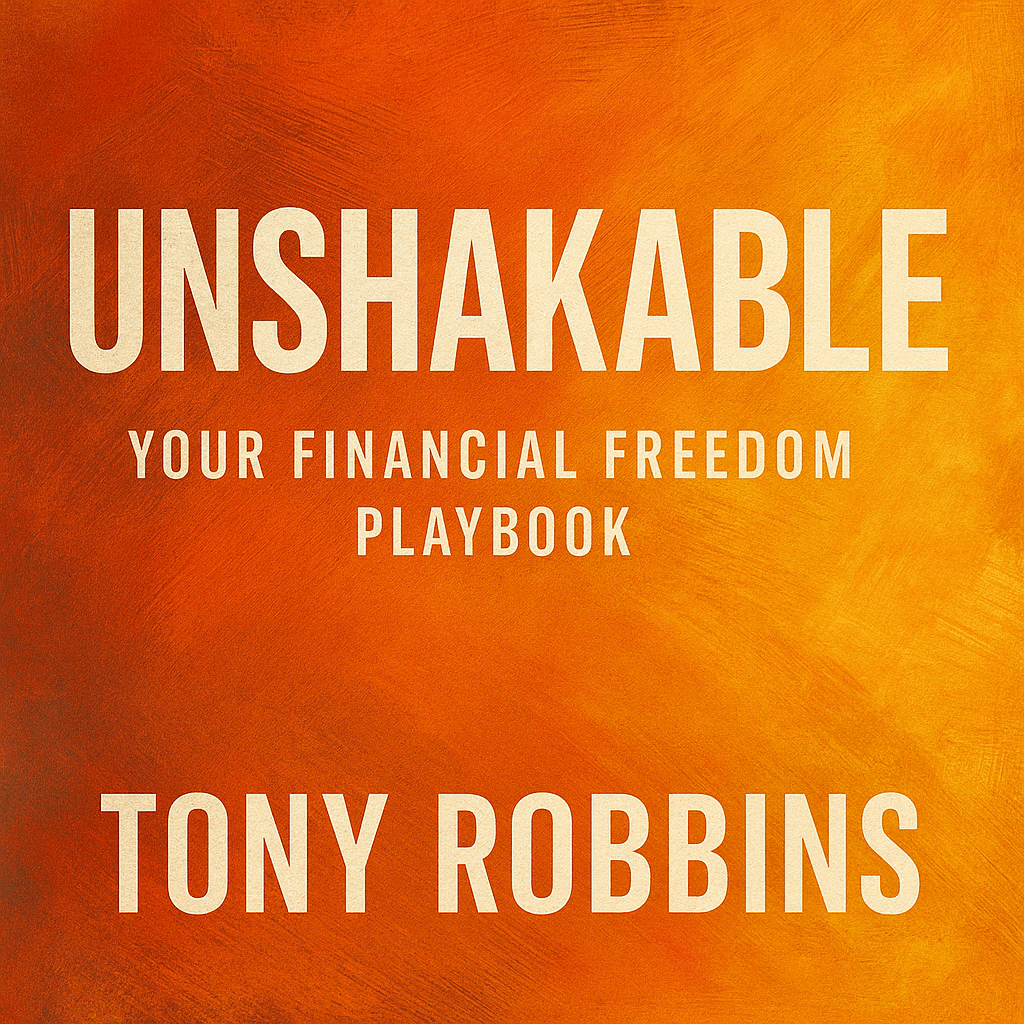
Influence The Psychology of Persuasion
What's it about?

Book Overview
12-Page Transformational Summary
Influence: The Psychology of Persuasion by Robert Cialdini
1. Big Idea That Changes Everything
Hook: “Persuasion is a science, not a guessing game.”
Cialdini reveals six universal principles of influence—Reciprocity, Commitment & Consistency, Social Proof, Liking, Authority, and Scarcity—that explain why people comply with requests and how to use these ethically.
Reflect: Are you persuading intentionally or by chance?
2. Why We Struggle (Mirror Moment)
Hook: “We underestimate how easily we are influenced.”
Many think persuasion is about manipulation or charm, but in reality, our decisions are often automatic responses to specific triggers.
Reflect: Are you aware of when you’re being influenced—and when you’re influencing others?
3. Deconstructing the Book’s Core Thesis
Hook: “Six principles unlock compliance.”
Reciprocity – People feel obligated to return favors.
Commitment & Consistency – People strive to act in alignment with past commitments.
Social Proof – People follow the lead of others, especially in uncertainty.
Liking – We say yes to people we like.
Authority – We obey perceived experts.
Scarcity – We value things that seem limited.
Reflect: Which principle do you naturally use—and which do you ignore?
4. Signature Framework or Model
Hook: “Influence = Principles + Context + Ethics.”
Persuasion is most powerful when used ethically and transparently—creating win-win outcomes, not manipulation.
Reflect: How can you apply these principles without violating trust?
5. One Powerful Quote — Explained
Quote: “A well-chosen trigger feature in a message can produce an automatic and mindless compliance response.”
We often agree before we consciously think because certain cues (like “limited offer” or “expert-approved”) shortcut our decision-making.
Reflect: Are you making choices or reacting automatically?
6. A Real-World Story (Case Study)
Hook: “The power of social proof in restaurants.”
When restaurants labeled menu items as “most popular,” sales of those dishes increased by 20%—proving people follow others’ choices without realizing it.
Reflect: Where could social proof influence decisions in your work?
7. This Week’s Challenge
Hook: “Practice one principle ethically.”
Beginner: Use reciprocity—do one helpful act without expecting immediate return.
Pro: Use social proof—show how others have benefited from your product or idea.
Bold: Combine at least three principles in one ethical influence effort this week.
Reflect: Which principle feels most natural for you to use?
8. Letting Go of Old Beliefs
Hook: “Persuasion is not manipulation.”
Influence used with integrity creates value for all parties.
Reflect: Are you afraid to influence because you see it as manipulation?
9. The Transformation Path (Before vs. After)
Before: Random, inconsistent influence efforts, often ignored.
After: Strategic, ethical persuasion that builds trust and drives action.
Reflect: Which shift do you need most?
10. Connected Ideas
Pre-Suasion — Robert Cialdini
Yes! 50 Scientifically Proven Ways to Be Persuasive — Noah J. Goldstein, Steve J. Martin, Robert Cialdini
Made to Stick — Chip & Dan Heath
Reflect: Which book deepens your persuasion toolkit?
11. Applying This Today
Hook: “Influence happens everywhere.”
Identify which principle can best support your next big ask.
Apply it with authenticity and clarity.
Observe and adjust based on response.
Reflect: Where can you ethically use influence right now?
12. One Line to Live By
“Understand how influence works—or be influenced without knowing it.”



